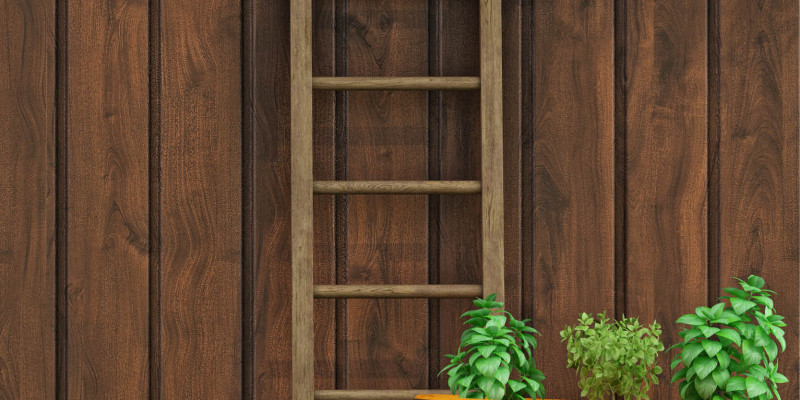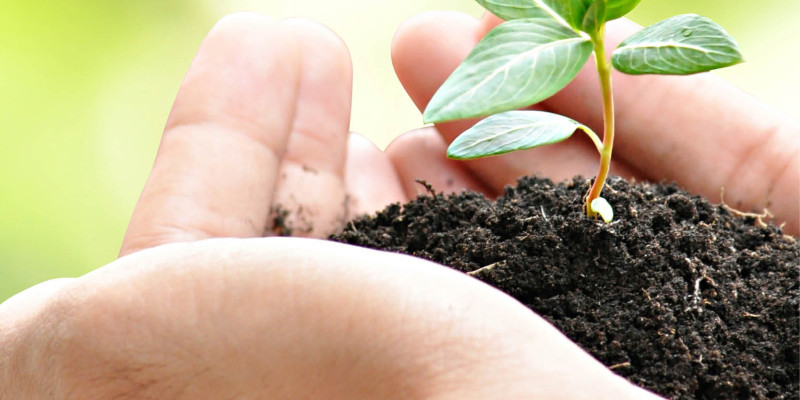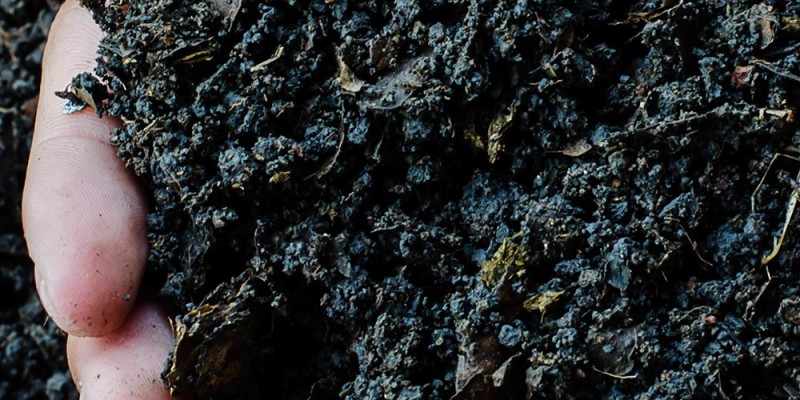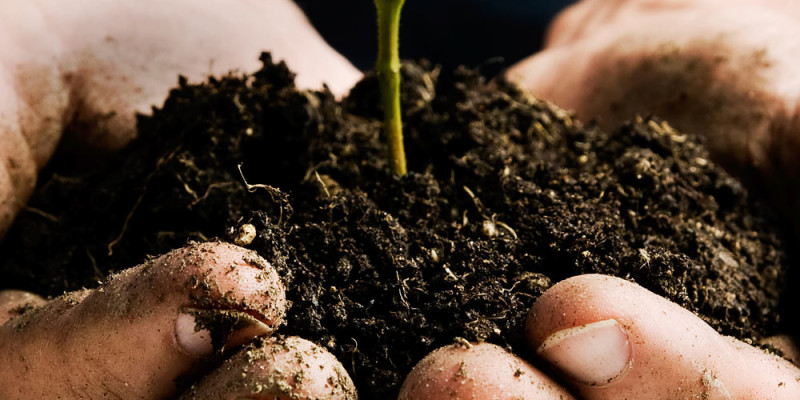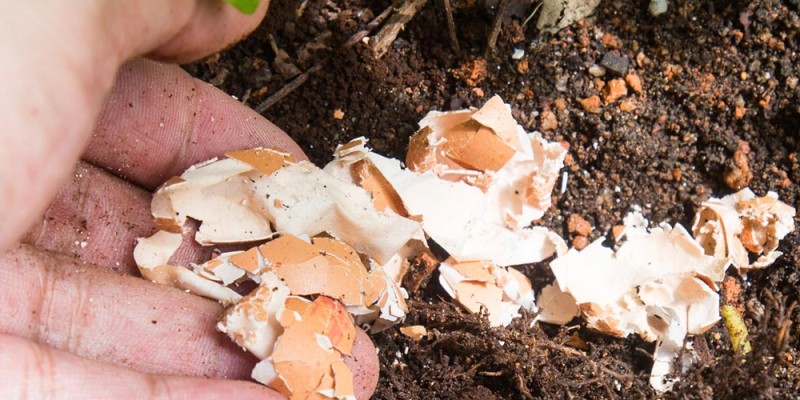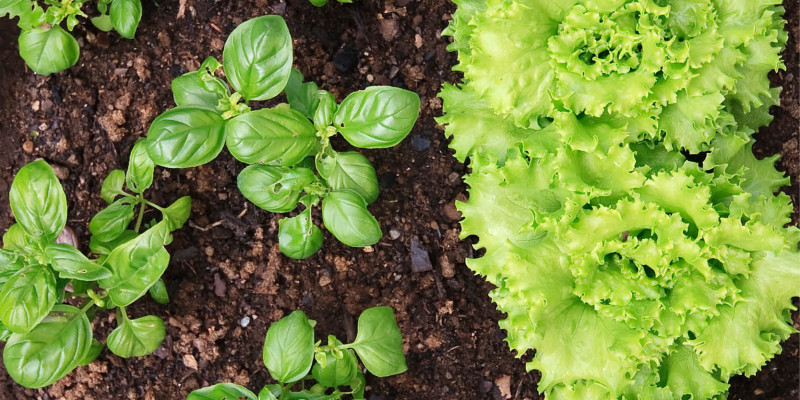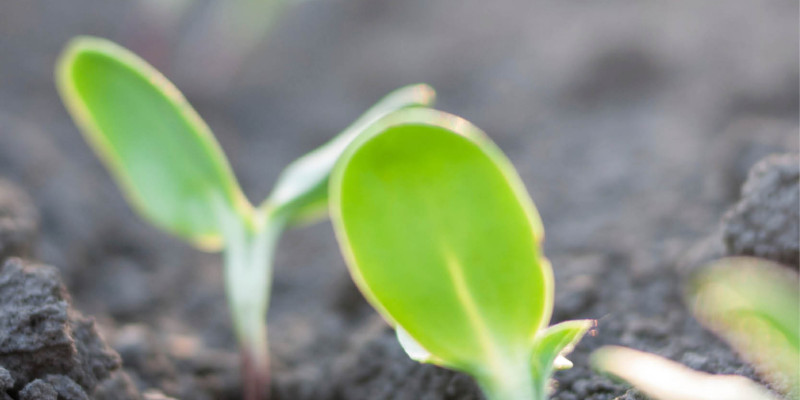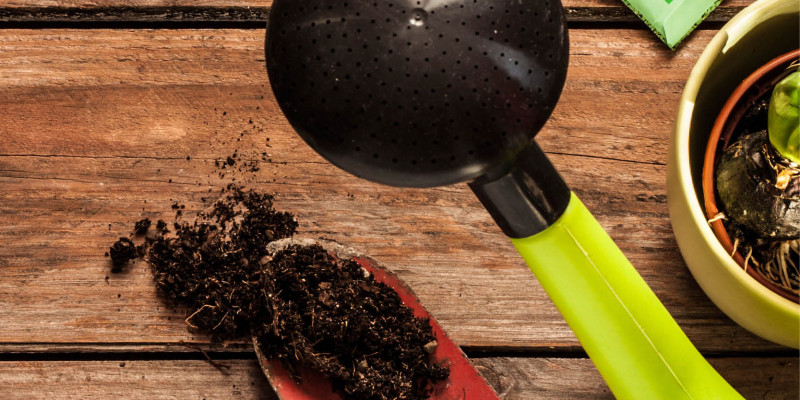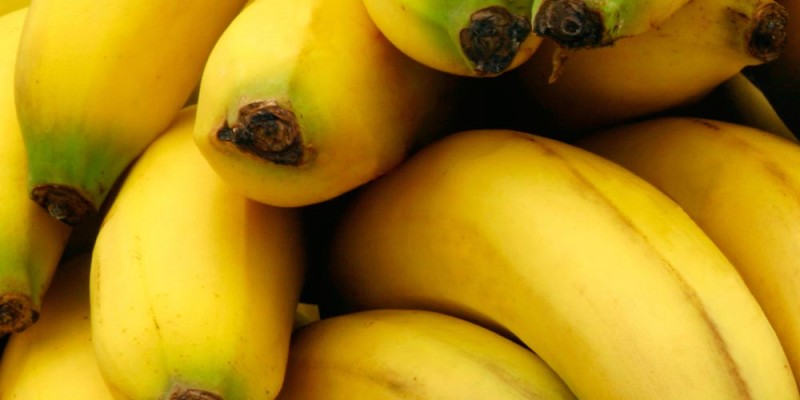Over the last year I have been investigating the science behind garden practices methods and products in the Testing Garden Assumptions Series.
As a part of this series I have taken a look at a number of resources often sighted as being able to be used to fertilize your garden. I focused on free and local resources because I wanted to see if I could be a little more sustainable and hopefully fertilize my garden for years to come for free.
In order to analyze the fertilizer potential of a material I look at two main areas. The organic macro nutrients such as Nitrogen Phosphorus and Potassium that are required in higher concentrations and the trace elements or micro nutrients that are equally as important however required in significantly smaller concentrations.
Plants require or gain benefit from 21 elements of these 15 are commonly tested for in our analysis. Of the 6 remaining some are not commonly tested for while others such as Carbon, Oxygen and Hydrogen are gasses that are in consistent concentrations in our atmosphere.
So far free and local resources that have shown fertilizer potential are Coffee Grounds, Tea Leaves, Comfrey, Autumn Leaves, Wood ash or Woodchips and even Human Urine. Today I thought I would take a look at another commonly recommended organic amendment eggshells.
The main recommendation is that eggshells are made primarily of Calcium Carbonate and calcium is required by many plants and is critical for things such as healthy tomato production helping to avoid things like blossom end rot.
The assumption that eggshells have high concentrations of calcium is quite correct. Researchers in the Netherlands had eggshells from a number of sources analyzed and found that the concentration of calcium in eggshells averaged around 390 mg/g or 39% of the shell.
The calcium in eggshells is not immediately available to plants. It needs to be in its elemental form as appose to the calcium carbonate. Some sources recommend treating eggshells with vinegar or acetic acid to release the calcium. Unfortunately while eggshells will react with vinegar it does not release the elemental calcium it simply binds it and neutralizes the acid.
2CH3COOH + CaCO3 —–> Ca(CH3COO)2 + H2O + CO2
If you require a fast hit of calcium the easiest thing to do is to increase the surface area of the eggshells and letting them decompose. Alternative methods such as the commercial product like antacids are still made primarily of calcium carbonate and would require time to break down. In my case I have more than enough calcium in my soil I simply need to make sure in the future as my crops take the calcium I am replacing it.
In addition to the calcium the same researchers in the Netherlands found 6 of the 15 commonly tested for essential and beneficial elements including nitrogen and selenium. Selenium is not found in most of the resources that I have evaluated to date. That said most native soils in North America are not deficiency.
Some sources recommend applying heat to the eggshells prior to adding them to the garden. The concern is that egg whits are quite good at culturing bacteria. The remaining egg content left on the shell may be a location where pathogens like Salmonella or E.Coli can colonize. Both of which if you come in contact with high enough concentrations can make you ill.
There are two primary ways I add eggshells to my garden. The first and recommended is to add it to your hot compost. Many studies have shown that hot composts can reach temperatures exceeding 50C or 122F which if maintained is shown to be extremely successful at killing pathogens. Back yard home composts can achieve this often more than once if mixed and oxygen re-introduced.
So adding eggshells to your hot compost is a safe way to gain their benefits.
The second method I use is to simply crush the shells and add them to my mulch layer. These shells have spent a few months drying in my shed.
I have chosen to skip the heat treatment step when applying eggshells to my mulch and here is why.
After the eggs have spent a few months in the shed if bacteria were to colonize they would have already and the nutrients consumed. During this time the shells will dry out also helping make the shells less than hospitable to harmful bacteria.
Once applied to the mulch layer they the shells being heavier than the leaves often settle below the leaves. This reduced my contact with the shells and increases their contact with soil that has billions of competing bacteria.
The risk of exposure in my opinion is quite low likely similar to may activities in the kitchen that you likely do far more frequently.
That said if you don’t feel comfortable adding untreated eggshells to your mulch layer you can apply heat either through your stove or microwave.
I will be adding eggshells to the list of free and local resources I will divert from the landfill to help fertilize my garden. Through the use of all of the free and local resources I have evaluated to date I have been successful at achieving one of my garden goals. I have not need to add any store bought fertilizers in the last two growing season as these resources have more than met my needs.
Later this year I am going to take a look through the Testing Garden Assumptions Series at a number of other resources that may be local to you. Ill be looking at used brewery grains, manures such as rabbit, chicken and cow and any others I can think of and source. I would love your suggestions so please make them in the comment section below this video!
If you have missed any of the testing garden assumptions series videos or want to know more about the free and local resources that you can divert from landfill to fertilize your garden make sure to check out the playlist on screen now.
Related Videos:
Testing Garden Assumptions Playlist:
References:
Research paper from the Netherlands:
http://ps.oxfordjournals.org/content/79/12/1833.short
Other interesting research:
http://www.hi-tm.com/RFA/food-path-summ.pdf
http://www.planetnatural.com/composter-connection/compost-concerns/pathogens/
http://web.extension.illinois.edu/homecompost/science.cfm
http://www.medicaldaily.com/heating-municipal-waste-55-degree-celsius-can-kill-antibiotic-resistant-bacteria-234959
